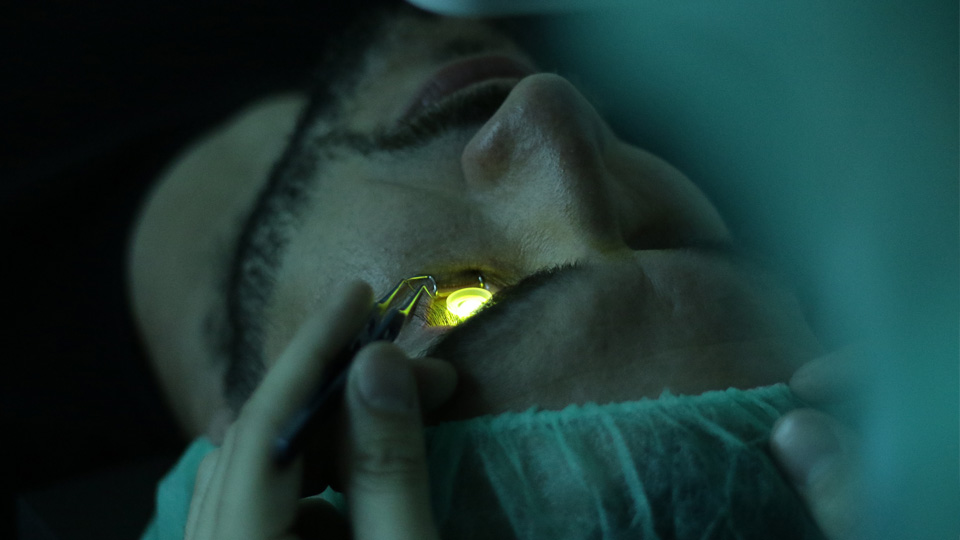How to Protect Your Eyes from Sandstorms and UV Damage in the UAE
18/04/2025

22/02/2022
Crosslinking or CXL is a treatment that is provided to the patients who have a progressive condition of weakening or thinning of the transparent tissue in front of the eye, the Cornea. When the cornea loses its normal stiffness and turns into a cone shape vs a normal dome shape, a person experiences distorted vision. This is because of the irregular surface of the cornea. This condition is called Keratoconus.
By undergoing the treatment of Crosslinking, the ophthalmologist will use riboflavin (vitamin B), and UV light through the cornea to strengthen the collagen bonds. The treatment does not only strengthen the cornea but also prevents any further progression of the disease. This treatment insures the long – term corneal stability. Though Crosslinking or CXL does not correct or reverse the blurred vision, it successfully stabilizes the cornea so that the patient can undergo further procedures or wear contact lenses easily.
As per different published studies, nearly 4% of the UAE and Middle East population suffers from keratoconus. This is one of the highest percentages from around the globe. A few factors for this condition are rubbing of the eyes and putting constant pressure on the eyes while sleeping, genetic predisposition, which means having relatives or family members with the same or similar condition or / and having allergies to dust, animals or to certain food. This condition can affect people between the age of 10years to 40 years. It blurs their normal vision, which affects their normal activities and their quality of life.
The patient should seek medical help when their vision is blurred, and the patient is a chronic eye rubber. If the condition reaches the advance stage and using glasses or contact lenses does not improve the vision, the patient will need to undergo a corneal transplant surgery.
Though Crosslinking is widely used for Keratoconus, this quick and advanced procedure is also used for stabilizing the cornea during or after refractive surgeries such as PRK, LASIK or SMILE. It also helps in treating other corneal infections.
One of the easiest ways to protect your cornea is so stop rubbing your eyes.
Dr. Hernan Martinez – Osorio, MD, PhD, FEBO. Senior Consultant.
Las cataratas son una afección ocular que afectarán al 100% de la población cuyo único tratamiento es quirúrgico. Pero este procedimiento tan habitual sigue generando mucha preocupación a los pacientes por su desconocimiento y una gran cantidad de falsos mitos que necesitan ser desmentidos.